In a world of text, tweets, chats and non-physical face-to-face conversations it is much easier to let someone down. Want to cancel dinner? Just text you have a headache. Didn't really quite enjoy that first date? He can be dumped in less than 140 characters. Recently, I watched in wonder as people took to a Facebook event wall to cancel just hours before a party started. You have to ask yourself if they would have sucked it up and come had they been forced to call and speak to someone. So admittedly, technology in all its wonders does have some draw backs, it makes it much easier to "hide" or to be in a way unreliable.For brands and companies though, the opposite seems to hold true. When a dissatisfied customer takes to technology, it is less about hiding or running and more about helping as quickly as possible. No one can be sure how fast the message will spread or how many others will see it and jump on the conversation. Some companies have a policy of answering within 24 hours, others within the hour and some get to it when they can, probably not the best approach. When thinking about your response strategy think about the following:
- What is my capacity? If you don't have someone dedicated to monitoring and responding, then make sure you try to set some standards for fans. Being up front and honest is half the battle. "We'll respond to requests within seven days. If you want a more immediate response call this number."
- Where can people go for customer service? If social isn't where you are putting your focus for customer service be very clear how people can reach you otherwise - phone, email, website. Despite having this people may still want you to respond on social. Very often people want to be responded to via the same medium they reached out on.
- What is your response? If you have a list of common questions or complaints, you can always format a library of responses, allowing even a a third party to be able to respond on your behalf. It saves you time and it satisfies the fan.
Technology may allow people to hide but it also allows people to have their voice amplified. Make sure your company is prepared.



